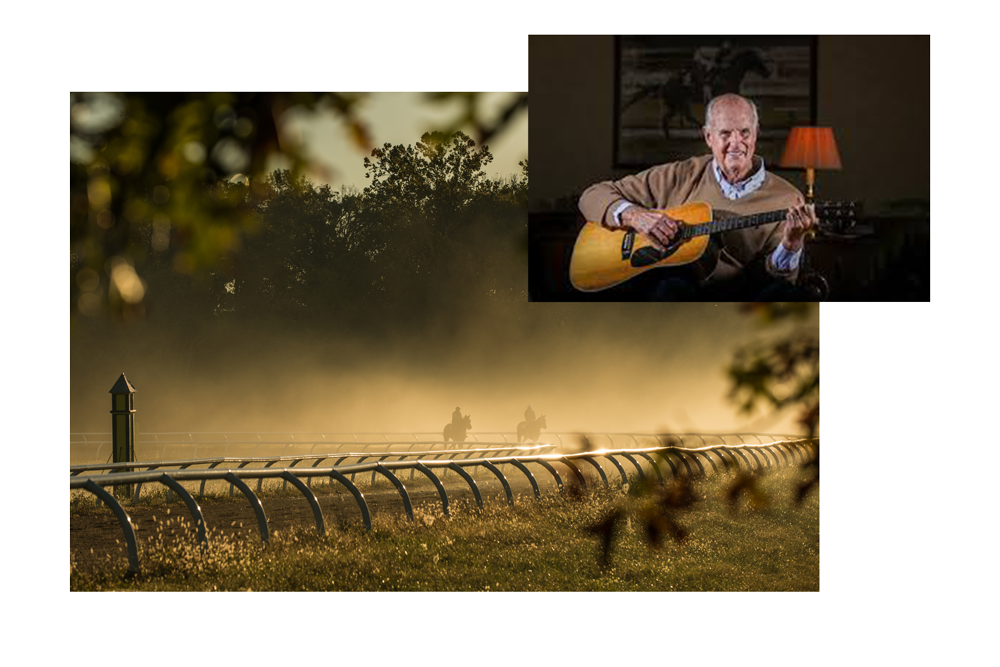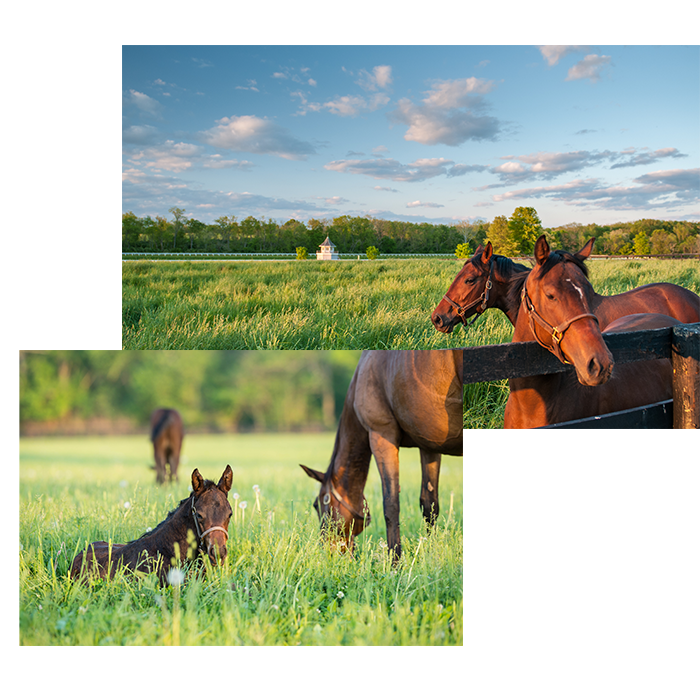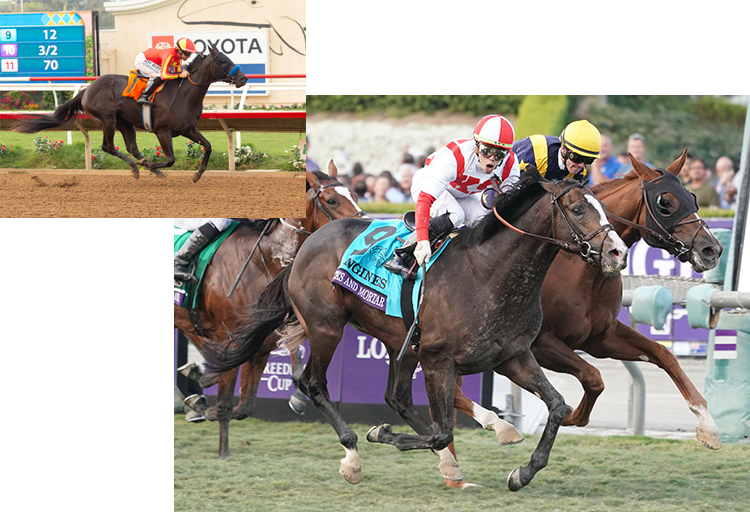

Stone Farm: For half of a century.

If you take care of the land,
the land will take care of you.

We’re trying to raise you a good horse.

We sell only what we raise.



Editor’s Note: The Jockey Club has asked for public comment on their proposal to cap at 140 the number of mares a stallion can breed annually. In this ongoing series, we will publish the perspectives of breeders, stallion farms and others on the proposal.
Arthur Hancock, Stone Farm
I’m all for the proposal. I used to stand stallions; we had Halo, Bold Forbes, Northern Baby, and Cougar II (Chi), the sire of Gato del Sol, but I got out of it because in order to buy a stallion prospect, you had to go out and breed so many mares. My father, Bull Hancock, everyone knows, was a top stallion man. I asked him, `Why don’t you take a few more mares to Bold Ruler?’ He told me in his own words: overbreeding a stallion compromises the quality of the offspring. And I agree with my father. And he told me back then if you had a son of Bold Ruler, even if he didn’t race, you could sell him for $50,000 to Argentina or Turkey, or somewhere. In the old days, you could get $25,000-$50,000 for the top 10-15 colts in all kinds of countries. If you’re the 10th best 3-year-old colt in America now, it doesn’t mean a damn thing. If you’re the 10th best colt in the sale, maybe you’ll make two or three times your stud fee, maybe not. Now if you’ve got a son of Tapit, or any of these other good stallions, you can’t get anything for him unless he wins a graded stakes, and unless he wins a Grade I, you’re still out of the ballgame. If a stallion doesn’t hit, and most of them don’t, you pollute the gene pool with mediocre stock.
Another wise old saying that my father used to say is that a good bull is half your herd and a bad bull is all of it. So a lot of bad bulls that you don’t know are going to be bad bulls go to stud and that downgrades the American bloodstock registry.
Also, I think it’s unfair if you’re out here at the sales and you’ve got a yearling by a really good stallion, and you’re one of 60 or 70. There will be a few that hit big or do great, but talk to the others. I always felt it was unfair as a person who stood stallions to my customers who had bred to them, because if I did that, they’re going to come out here and be one of 50 yearlings.
So I think it’s the best thing for the future of the bloodstock industry. I think it’s the best thing for your customers. I agree with my father, because overbreeding stallions compromises the quality of the offspring.
How many Secretariats have you seen lately? I haven’t seen any track records broken the past few years. When I was a boy, if you owned a racehorse, you could expect 45 lifetime starts. Now it’s nine or 10. Maybe that’s part of the reason. It compromises the quality of the offspring.
I think the stallion people would be a lot better off instead of breeding 200 mares to breed 100 to 130 and charge double or one-and-a-half times the current stud fee, and you can make your money back that way. I don’t know how stallions can breed that many mares. In the old days, my dad wouldn’t double a stallion two days in a row. Now, they breed four mares a day, every day.
If you’ve got 100,000 Cadillacs to sell, each one is going to be worth less money than if you only had 1,000. It’s the old law of supply and demand. So we’re saturating the supply and it’s costing us all, I think, in the long run.
We’d all be better off if we did this. The industry would, the breeders would, the people who buy would. I think it’s a win-win situation across the board.
